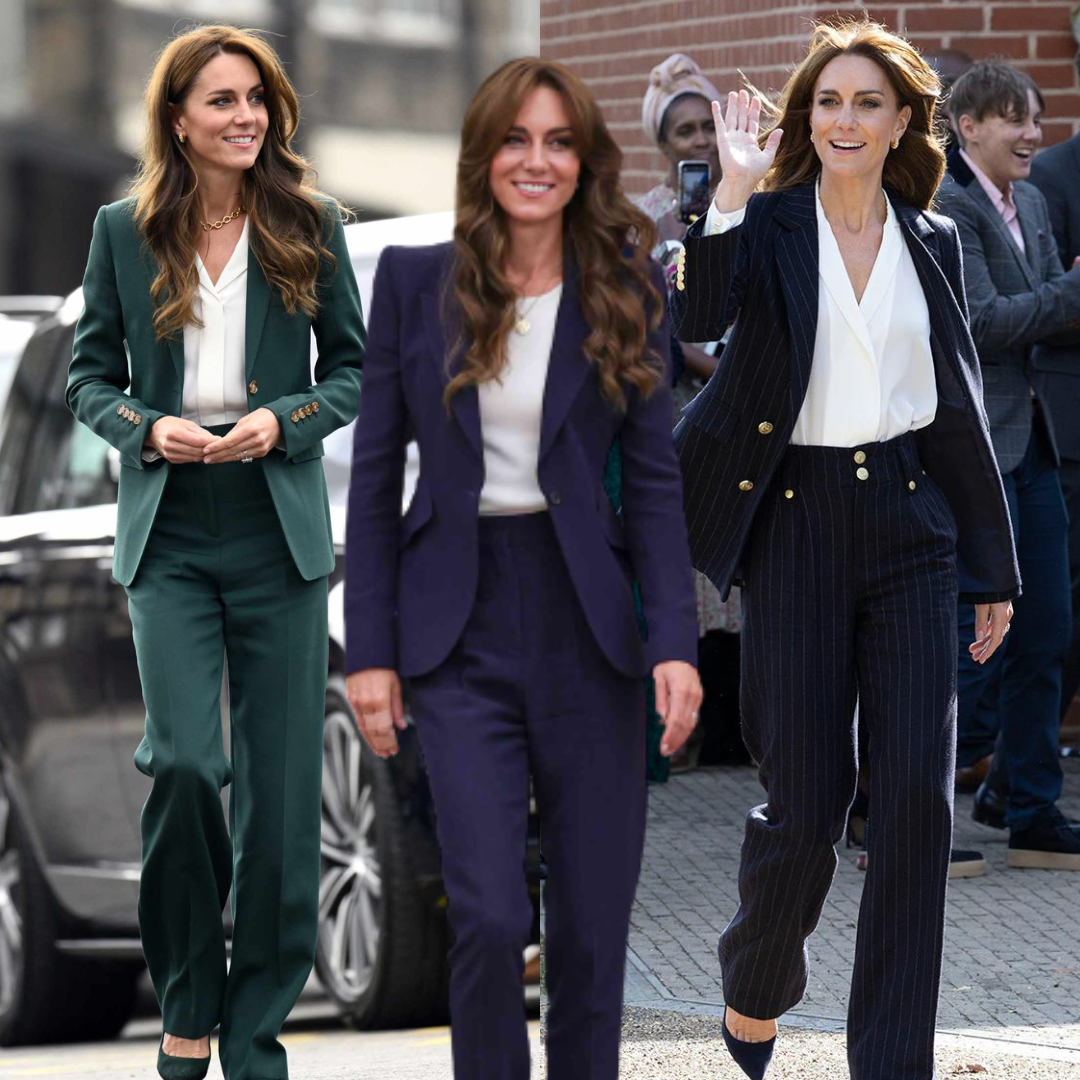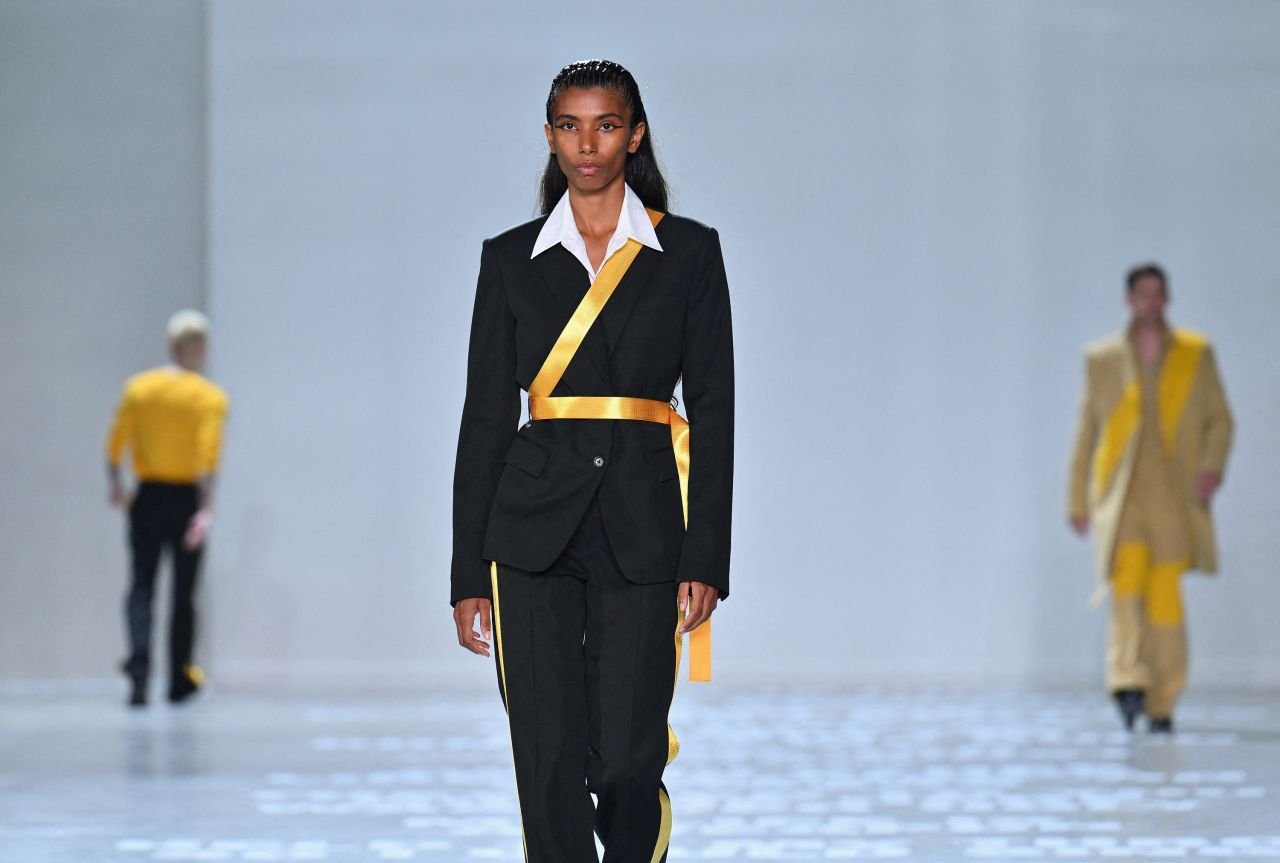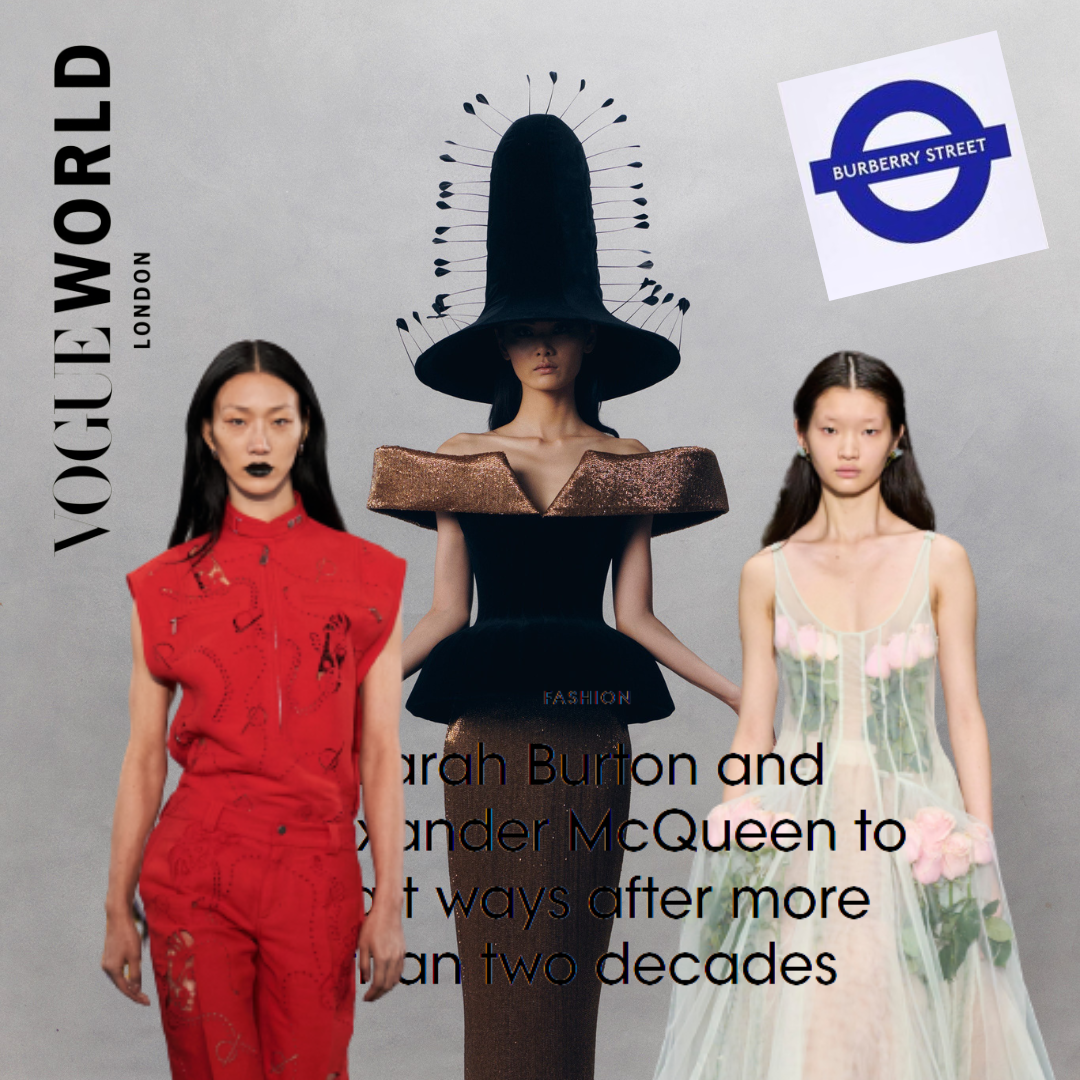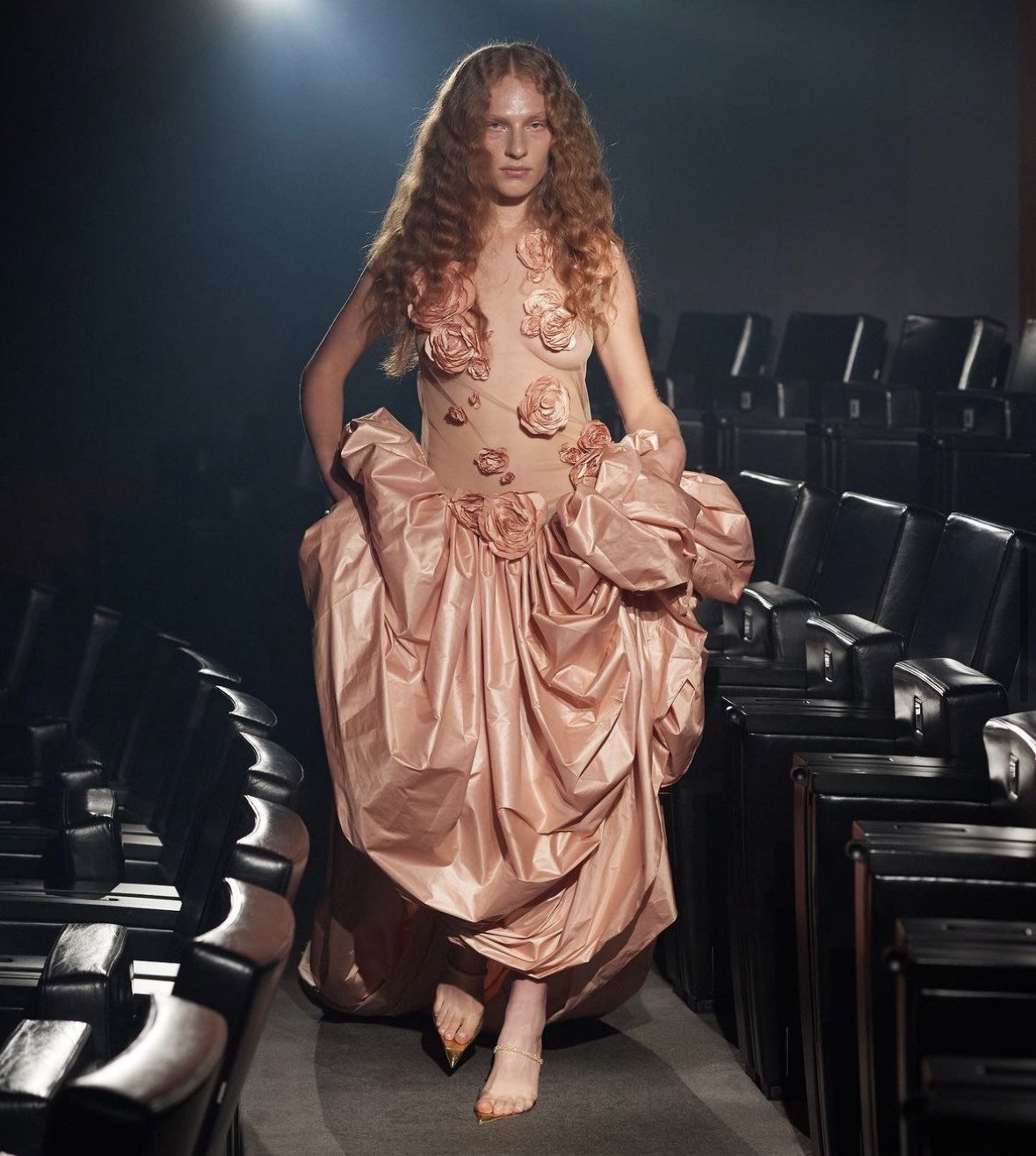Why Don’t We Wear Hats Anymore?
When we look back to pre-1960s fashion we can be quick to mock the usage of hats by both men and women. The humble fedora, once closely associated with stars like Humphrey Bogart, Jimmy Stewart and Marlon Brando, is now often considered one of the less welcome fashion accessories. Women rarely wear hats anymore except for at weddings where fascinators are seen as highly apt. In fact, when you take a step back and look at the fashions of recent decades, the wearing of any variety of hats has all but disappeared. So what happened for us to abandon such a fashion staple?
Douglas Fairbanks in 1918 speaking in front of a large crowd of people wearing hat styles ranging from the fedora to the bowler.
To begin we need to reflect on the historical usage of head coverings and just how prevalent it has always been. In the 21st century, we tend to associate head covering with religious practices e.g. hijab or tichel, however, throughout history covering one’s hair had been the norm for both religious and social-cultural reasons. We would be here for literal years if we began to break down all the myriads of specific head covering practices from past and present, however, headdresses, headscarves, wigs, crowns and hats have been worn to demonstrate power, wealth, status, profession as well as to honour and pay homage to a higher being. There was also a more practical reason to cover one’s hair and that was protection.
Hats could have more utilitarian employment be that to keep one’s hair dry, warm or out of the suns rays. While our ancestors weren’t generally as unhygienic as Victorian historians would have you believe, they didn’t have the same access to certain tools we have today such as SPF or scientific shampoo. It simply made sense to cover your hair! So, while religious head covering remains prevalent, casual wearing has dissipated.
During the 19th century and early to mid 20th century, one was expected to wear a hat upon leaving the house. To not do so was not only seen as unfashionable but frankly unacceptable. Of course, popular hat trends were common and styles changed drastically through the decades from large bonnets of the 19th century to the cloche hats of the 1920s. As we moved towards the second world war, hats became more conservative in size and opulence, a reflection of the socio-economic world. By the mid-60s something incredible had happened, the longstanding social expectation of head covering was no longer, the times had changed and new fashions were coming into style. There are many theories surrounding this topic and all are worthy, so let’s take a look into them.
The Gleaners, by Jean-François Millet, 1857
Sunglasses
Remember how hats have often been used to protect one from the intense heat of the sun? When the first pair of modern sunglasses were introduced in 1929 one no longer needed to rely on a wide-brimmed hat to safeguard eyes. By the 40s, sunglasses were commonplace and were worn by most people. The first SPF suncreams were also introduced around this time.
Elvis Hair
The 1950s saw long slicked back hair become the trend, think Elvis. The wearing and taking off of a hat would create the need to recomb the hair often. The two just weren’t compatible.
Liberation
By the late 1950s, far less of the North American and European population worked outdoors in arduous, labour-based jobs. Cars were mainstream so people walked less and so the protective properties of a hat were less of a necessity. When once wearing a hat was a symbol of high status, it was now a symbol of social liberation and the ability to not work outdoors.
Cars
Until the routine use of cars, there was no real reason to remove one’s hat when travelling from A to B, but cars made hat-wearing difficult. With lower ceilings in the vehicles, you had no choice but to take off your hat and humans can be very lazy creatures.
Hats just slowly fell from favour, but that isn’t to say they don’t get worn today. From casual beanies and snapbacks, fedoras and sunhats to military and other uniformed services berets, hats aren’t completely useless. However, the social expectation is no more, and perhaps we should be thankful for this. We are living in a world more accepting of different fashion styles and forms of expression. So, wear a hat if you want and don’t if you don’t!










